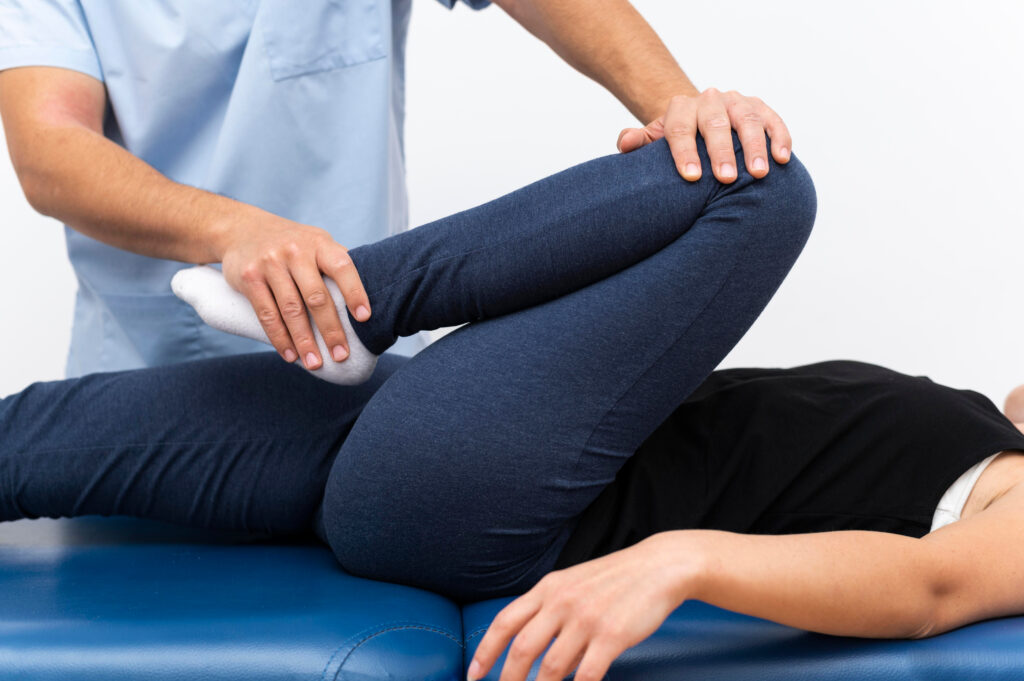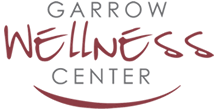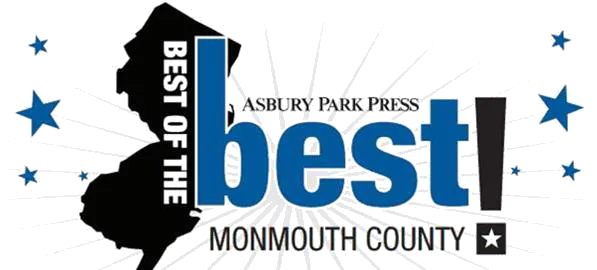Remember when you could spring out of bed without that familiar twinge in your lower back?
Or when you could garden for hours without your knees protesting the next day?
Our bodies speak to us through discomfort, but too often we’ve grown accustomed to living with these everyday pains rather than addressing their root causes.
After struggling with my own movement issues for years—cycling through temporary fixes that never quite stuck—I’ve discovered that lasting relief comes from understanding the specific nature of our movement problems and applying targeted solutions.
The Modern Movement Crisis

Physical Therapy Exercises To Help You Feel Better
We’re experiencing a peculiar paradox in modern life: our bodies were designed for diverse, constant movement, yet many of us spend hours in positions our ancestors would find baffling—hunched over keyboards, slumped in car seats, or curled around smartphones. Even those of us who exercise regularly often perform repetitive movements that create imbalances rather than wholeness.
This disconnect between our biological design and daily habits has created an epidemic of what movement specialists call “modern movement poverty.” Our bodies, like complex ecosystems, deteriorate when limited to a narrow range of positions and patterns. The shoulder pain keeping you awake might not be an isolated problem but a manifestation of how your entire movement system has adapted to limited variability.
Beyond the Symptom-Treatment Cycle
The traditional approach to movement pain follows a familiar pattern: something hurts, we treat the hurt area, find temporary relief, then face the inevitable return of discomfort. This cycle continues because we’re addressing symptoms rather than causes.
True resolution requires understanding the interconnected nature of human movement. That nagging hip pain might actually stem from limited ankle mobility forcing compensation patterns up the kinetic chain. Your persistent headaches could be linked to breathing patterns and neck tensions developed from stress postures. Our bodies don’t experience isolated problems—they experience integrated adaptations.
Mapping Your Movement Ecosystem
The first step toward lasting improvement involves becoming a curious observer of your own movement patterns. Rather than immediately attempting to “fix” discomfort, take time to map the landscape of your movement ecosystem.
The Daily Movement Audit
Start by tracking when discomfort appears throughout your day. Does your back tighten during your commute? Do your shoulders creep toward your ears during work calls? Does your knee ache after sitting for lunch but feel fine after walking?
This attention reveals important patterns. Perhaps your pain isn’t simply about damaged tissue but about how certain contexts trigger protective responses in your nervous system. Maybe that recurring discomfort arrives precisely when you encounter specific stressors—physical or emotional—that change how you organize your body.
In my case, I discovered my “random” bouts of shoulder tension followed a clear pattern: they emerged during time-pressured work situations when my breathing unconsciously shifted to shallow, upper-chest patterns. The shoulder pain wasn’t a shoulder problem—it was a breathing and stress response issue manifesting in my shoulders.
Finding Your Movement Blindspots
We all develop movement blindspots—capacities that have gone dormant through disuse. These often hide in planes of motion we rarely access. Modern life happens predominantly in the sagittal plane (forward and backward movements), while we seldom fully explore rotational or side-to-side motions.
Simple explorations can reveal these blindspots. Can you comfortably turn your torso to look behind you without moving your feet? Can you reach your arms overhead without arching your lower back? Can you balance confidently on one leg with your eyes closed?
These assessments aren’t about judgment but discovery. They highlight opportunities to reclaim movement dimensions you’ve inadvertently surrendered.
Targeted Restoration Strategies
Once you’ve mapped your movement landscape, targeted strategies can address specific issues more effectively than generic approaches.
Precision Before Force
The fitness industry often emphasizes effort over awareness, but lasting change begins with precision rather than force. Before adding resistance or repetitions to any movement pattern, establish clean motor control and coordination.
For example, if knee pain troubles you during squats, don’t focus initially on squatting deeper or with more weight. Instead, develop pristine control over your existing range. Can you track your knees in alignment with your toes? Can you maintain even weight distribution through your feet? Can you keep your breathing fluid throughout the movement?
Mastering these foundational elements often resolves pain without additional intervention, as your nervous system recognizes it can safely permit greater range once proper control is established.
Variability as Medicine
Our tissues thrive on variable loading—different angles, speeds, and forces that create resilient adaptability. Rather than performing identical movements repeatedly, introduce thoughtful variation.
If walking causes hip discomfort, experiment with terrain changes, side-stepping, backward walking, or altering your pace. This variability challenges your body to find new solutions rather than reinforcing limited patterns.
The tissues causing pain often aren’t inherently damaged but have adapted to limited movement options. By safely expanding these options, you transform the tissue’s capacity and function.
Building Your Sustainable Movement Practice
Creating lasting change requires integrating new movement awareness into daily life, not just isolated exercise sessions.
Movement becomes truly therapeutic when woven throughout your day—brief mobility moments between meetings, adjusted positioning during commutes, mindful transitions between sitting and standing. These “movement snacks” often yield greater benefits than occasional intense workouts followed by prolonged sedentary periods.
The path to pain-free living isn’t found through perfect posture or ideal exercise selection, but through building a responsive relationship with your body’s changing needs. By understanding your specific movement issues and applying targeted approaches, you’re not just addressing pain—you’re reclaiming the birthright of fluid, adaptable, joyful movement that makes life fully inhabitable.

